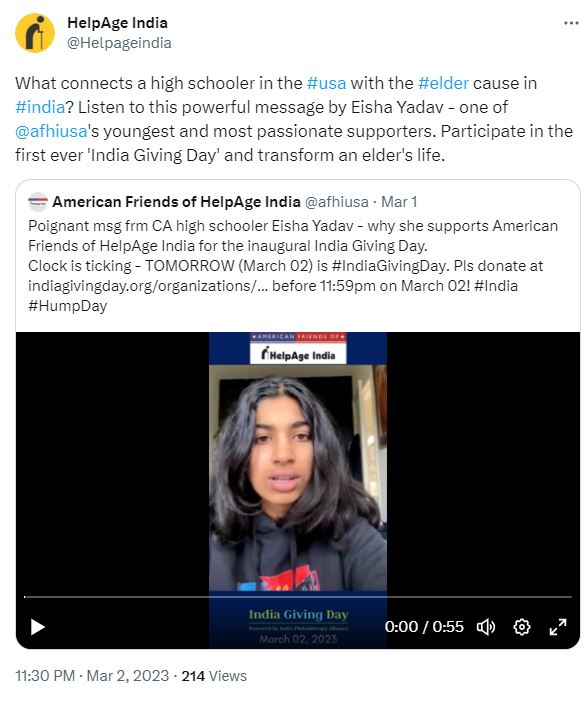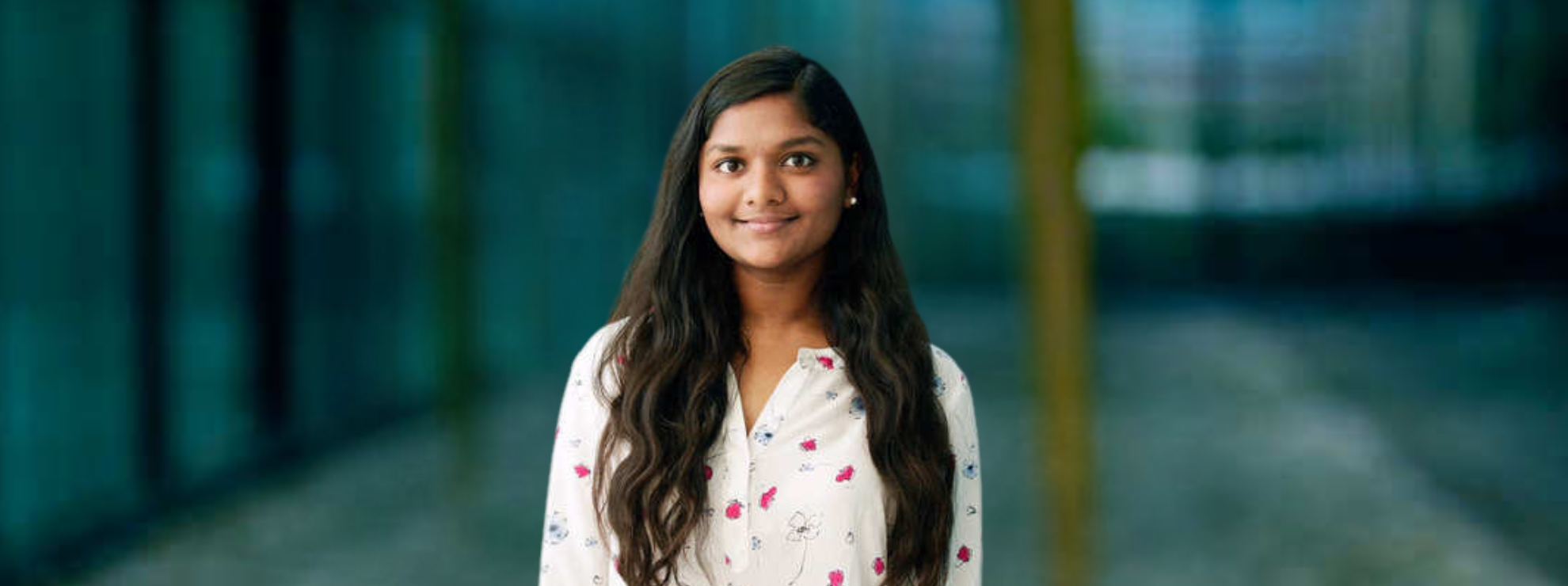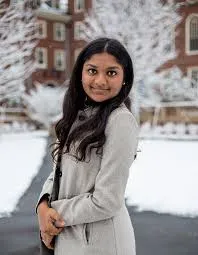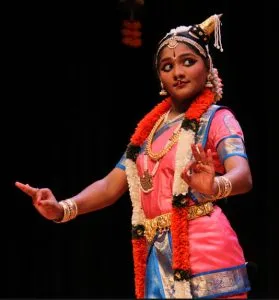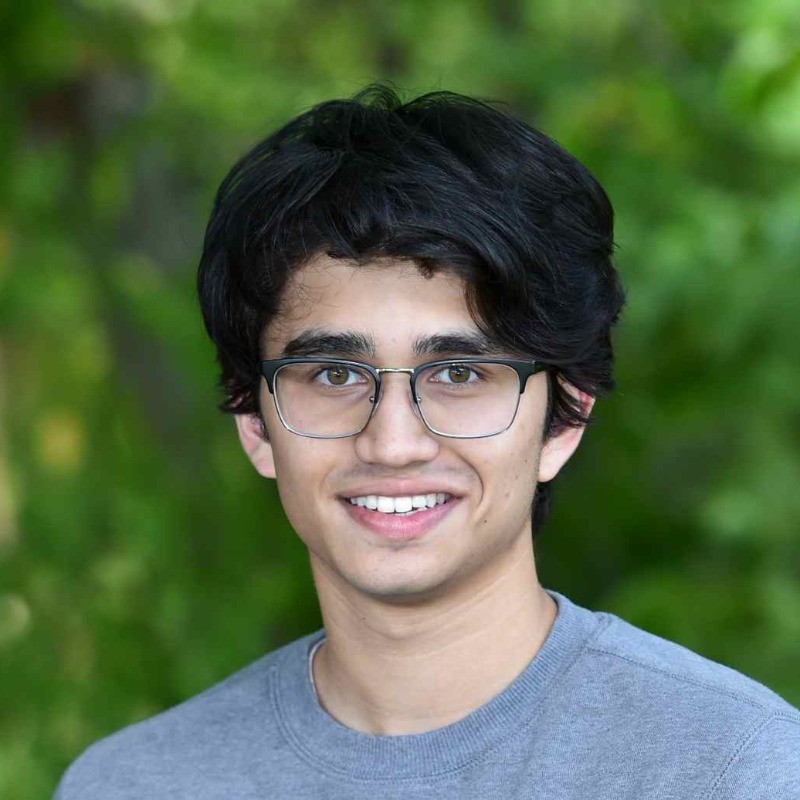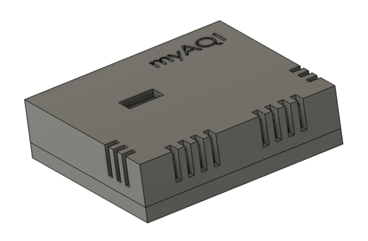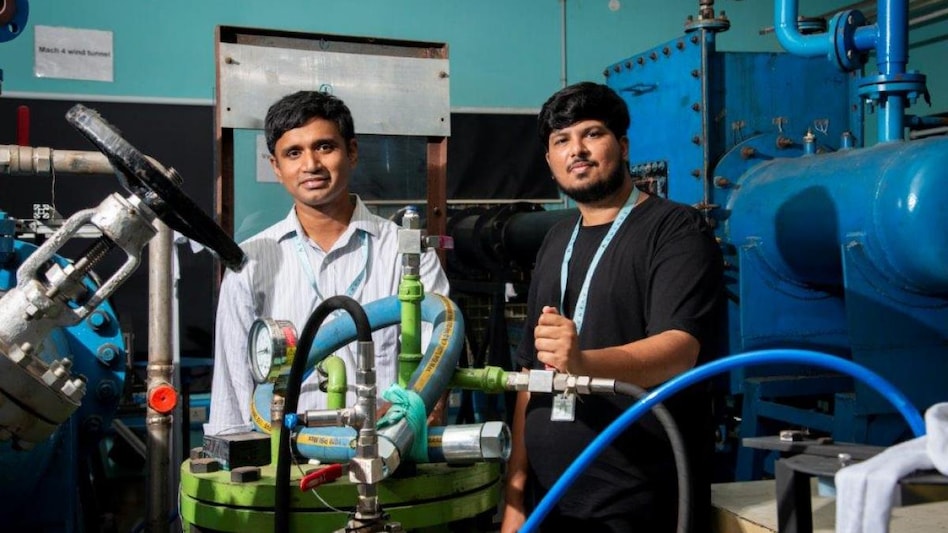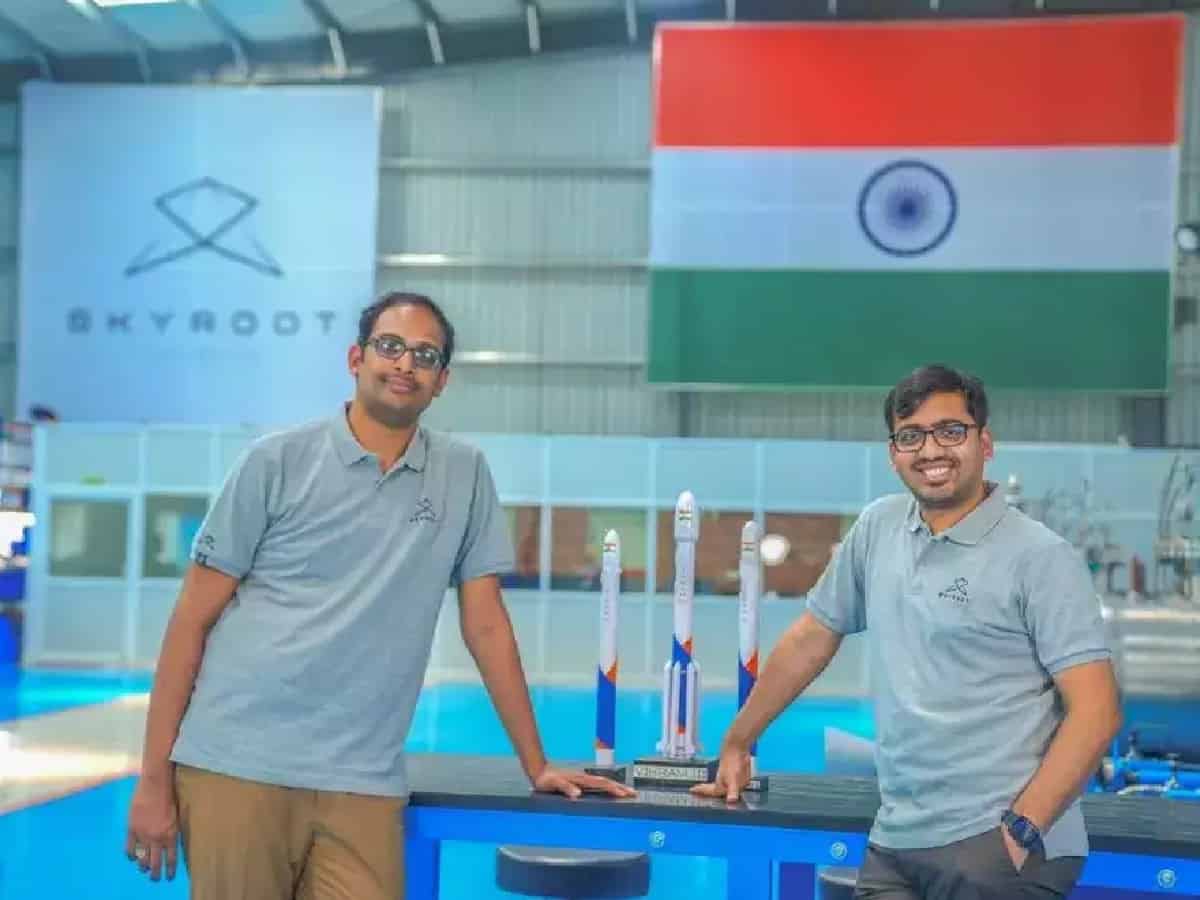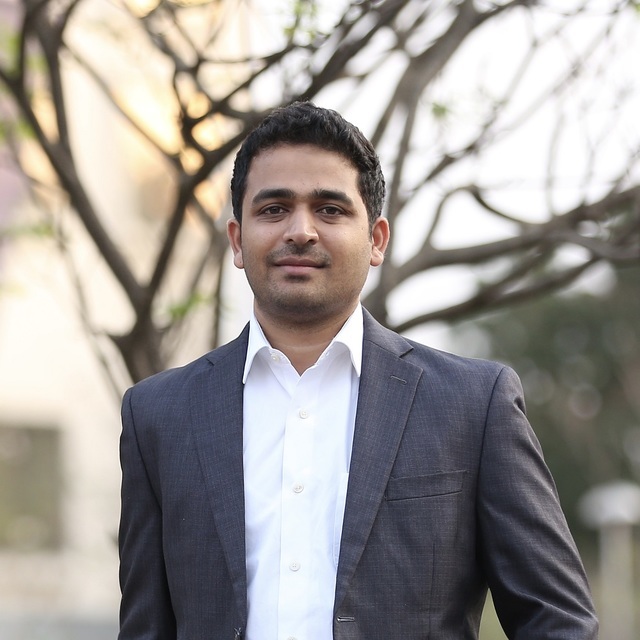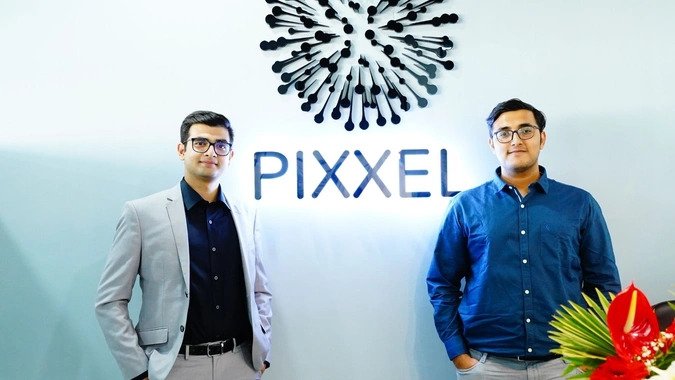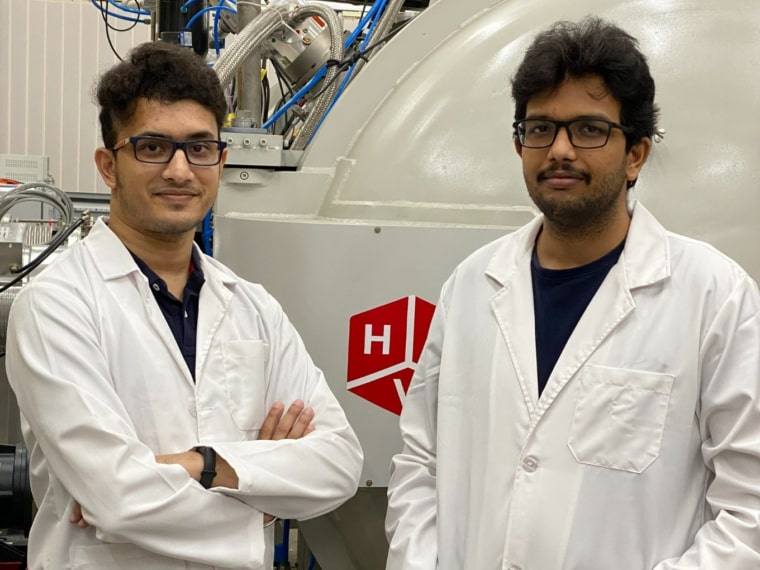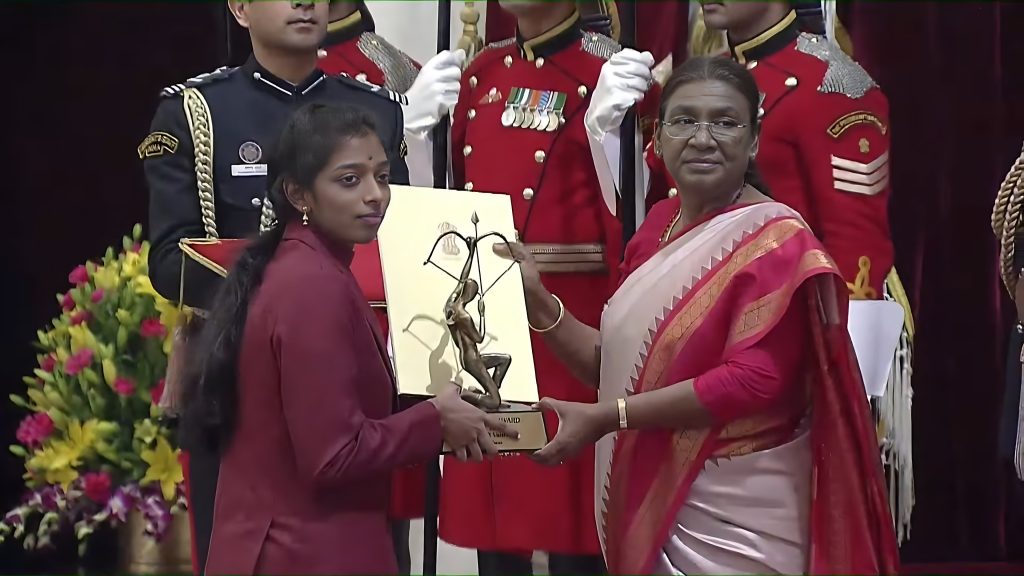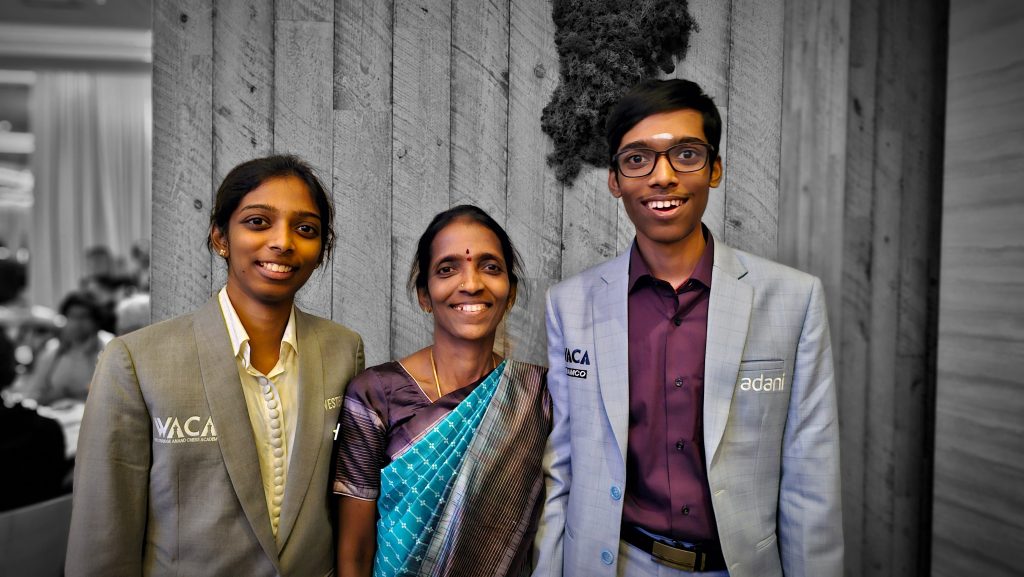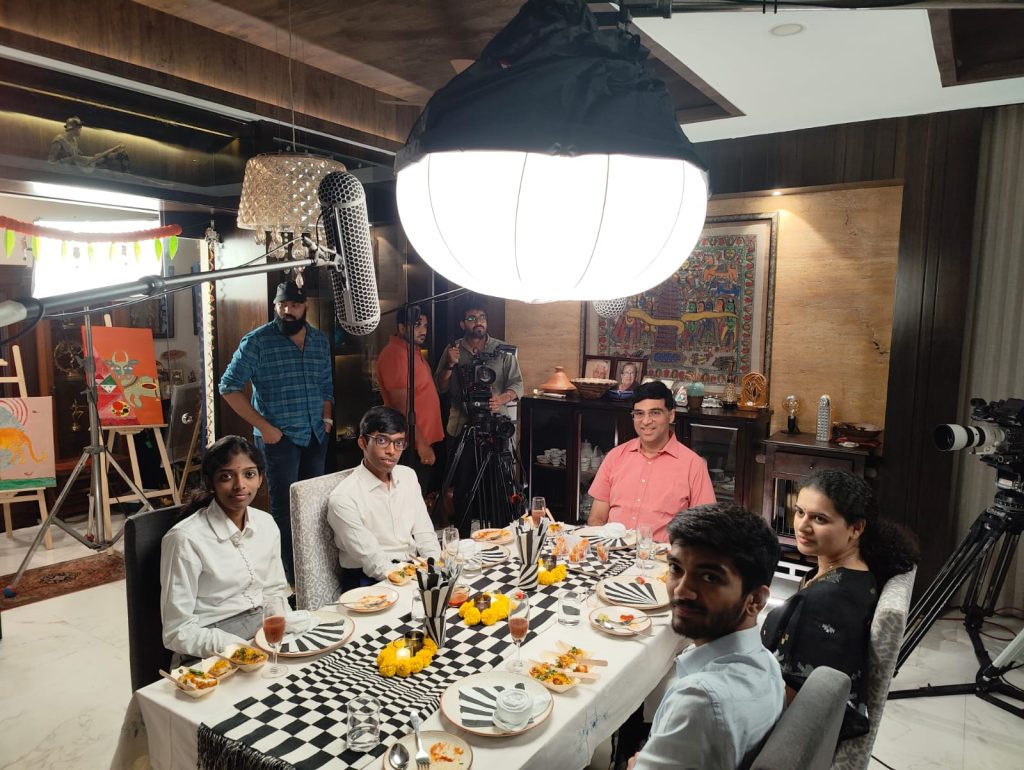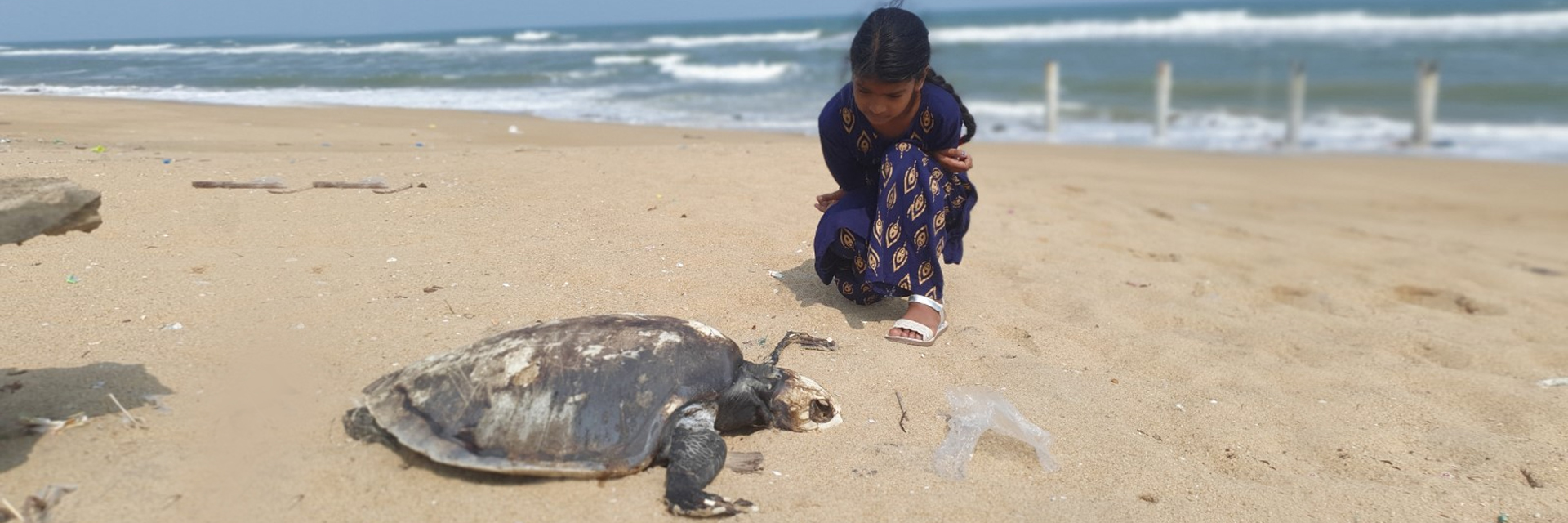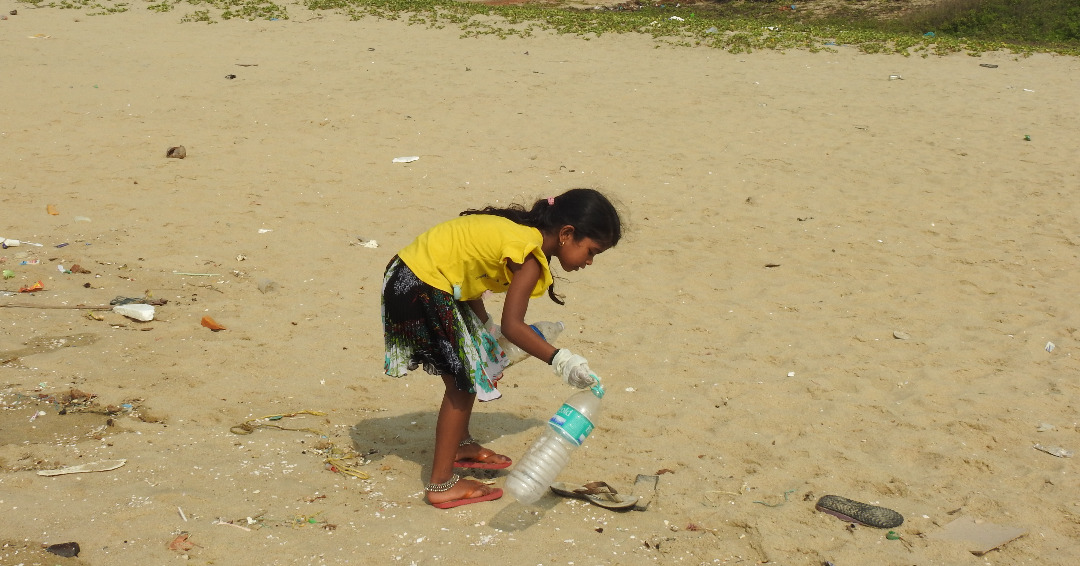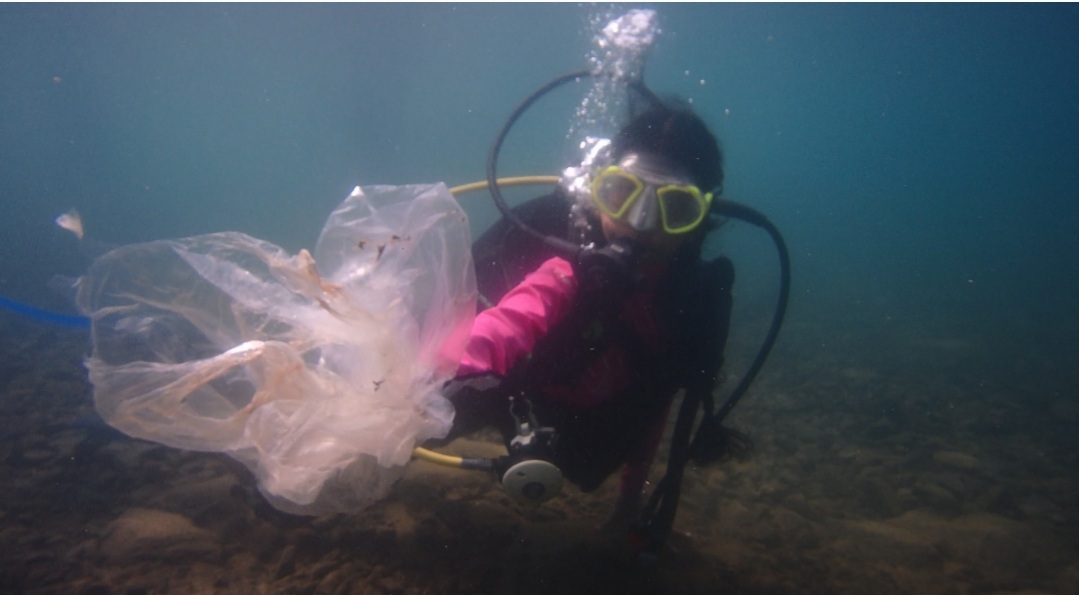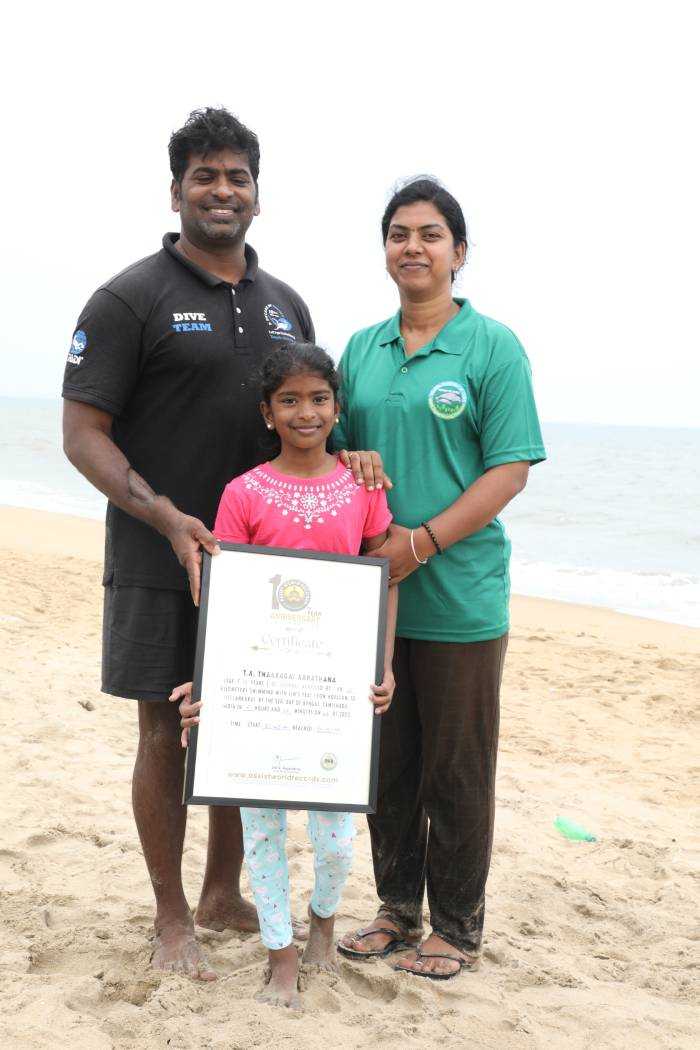(June 14, 2023) “Ignoring the well-being of the 103 million (elderly) population of India is no less a humanitarian crisis. Just as the children, the grandparents of the society deserve to have a better, rest of their life,” Eisha Yadav wrote, in her entry to the essay competition organised by US based India Philanthropy Alliance (IPA) – a coalition of non-profit, philanthropic, and charitable organisations that mobilise people and funding in the United States to support meaningful causes in India. The youngster won the first prize and a cash award of $1000 to donate to a non-profit of her choice.
“After doing a lot of research, it was clear that the team of HelpAge India were not only doing great work in the field of combating social isolation and loneliness of the elderly but also making sure that they don’t have to work in their old years, and have enough money to take care of their health.” says Eisha as she connects with Global Indian from California. The youngster donated the entire prize money to the organisation. That was in 2021. “We are still working together to this day,” she says with a smile.
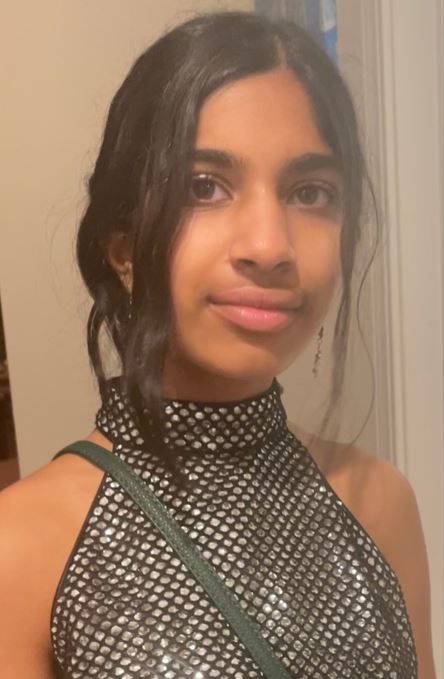
Eisha Yadav
Personal experiences and finding a purpose
The ninth grader’s choice of non-profit (HelpAge India) to donate her prize money and later get actively associated with them as a volunteer from the US stems from her personal experiences.
At 90, and until he succumbed to COVID-19, Eisha’s fiercely independent maternal grandfather lived by himself in his hometown, Raipur in India. “Earlier, when my grandma was alive and needed medical attention, they lived in a different Indian city. I could not help but notice, in both cases, how lonely and bored they felt, and how unprepared and lacking the society was to support the lifestyles of the elderly” she mentions.
After her grandmother passed away her grandpa became lonelier. “It was sad and heart breaking to see him struggle with loneliness and isolation. “Though he was active, it was difficult to find things to engage himself. “Back in the US, Eisha and her mother tried to look up for opportunities for some interesting hobby classes to keep him engaged. “There were hardly any good options,” she says. Even though he found love from family members, it was hard for him to feel happy and experience a sense of wellbeing because he felt very lonely and isolated.
“I felt bad about how, in such a big society, the elderly population suffers from loneliness,” she says. “The city he knew, loved and cared for so much was not able to support his wants and needs,” she adds.
During this time, she came across the news of the essay competition of IPA. “I thought it was a cool opportunity to put across the thoughts that were worrying me so much to people who cared. Winning the competition opened a lot of opportunities for me to do something about an issue I really cared about due to my personal experiences,” Eisha remarks.
Finding support
“I have a lot of support from the organisation (HelpAge India) and I really try to do what I can to make a difference,” she says. As a high school student there are time constraints but Eisha tries to give as much time as possible to the cause. “For most causes to get successful awareness is foremost. Once you can raise awareness, you can take the cause forward easily,” she says.
She has been spreading awareness on different platforms including presentation in the local mall in California. “Since I stay in the Bay Area, there is a huge population of Indian people with whom I can engage for the cause,” she says. “I am working with American friends of HelpAge India. We are working on new initiatives and helping in fundraising and supporting the prior programmes of the organisation,” she explains.
Way ahead
Born and raised in California, Eisha has seen US cities with adult service and recreation centres offering organized activities designed specifically for the elderly. Her paternal grandfather, who is retired from the Indian Army and now stays in Bengaluru, also enjoys good facilities and community centres.
“But it is something lacking in the city in which her maternal grandparents lived. They had boring and lonely lives,” she says. “My plan is to work with local establishments in India, one city at a time, and launch programs that mimic the US and Army community centres for elderly.
“As long as I can remember I have had a knack of solving problems in whichever way I could. I always strive to make my community a better place.” The youngster is grateful that her writing talent led her to an association with the India philanthropy Alliance. “That really got me into philanthropy. The fact that my ideas were recognised and I as a kid can make a difference in issues that I care about has got me going,” the fourteen-year-old student of Menlo School, Atherton adds.
HelpAge India reports:
- 31 percent of the elderly have fear of getting hurt in the locality due to frailty and bad infrastructure.
- 59 percent of elderly report abuse as being prevalent in Indian society.
- Disrespect, verbal abuse and neglect were reported as the most common forms of abuse. Son and daughter in law are reported as the major abusers, and those other than the immediate family are major perpetrators of abuse.
- 46 percent of the elders were not aware of any abuse redressal mechanism.
- 79 percent of the respondents felt that their family do not spend enough time with them.
- 57 percent feel financially insecure because their expenses are exceeding their savings or income.


